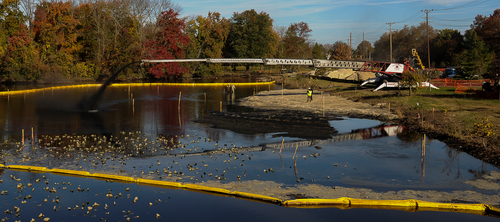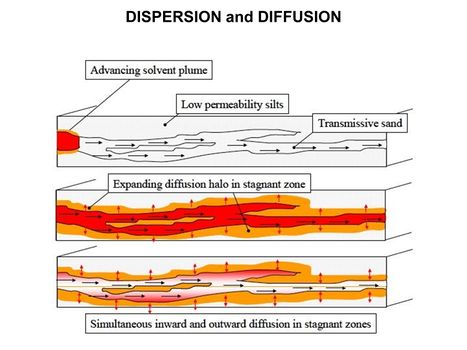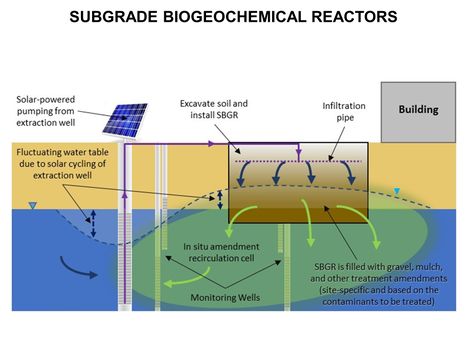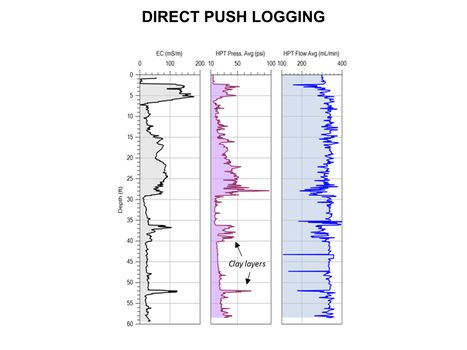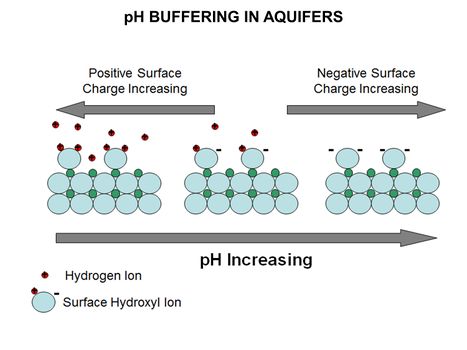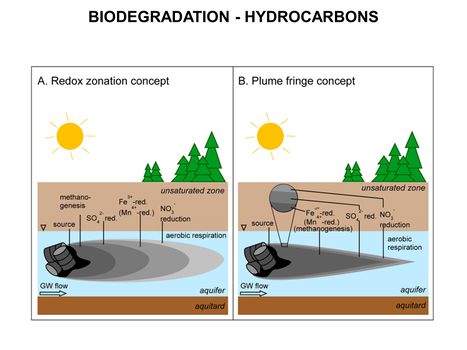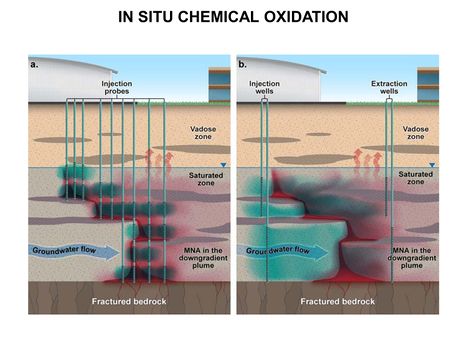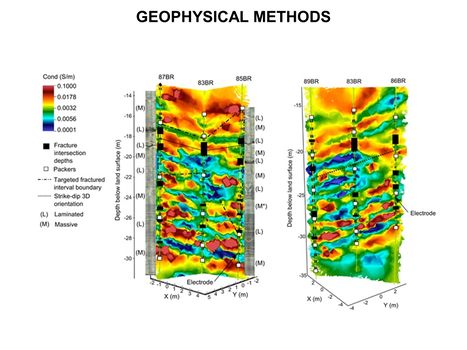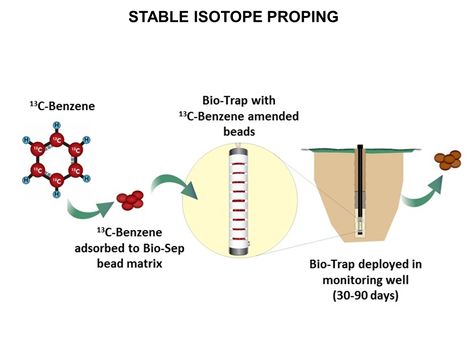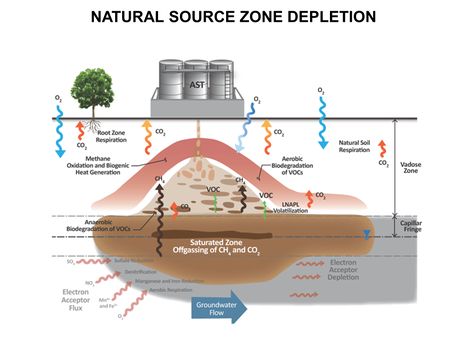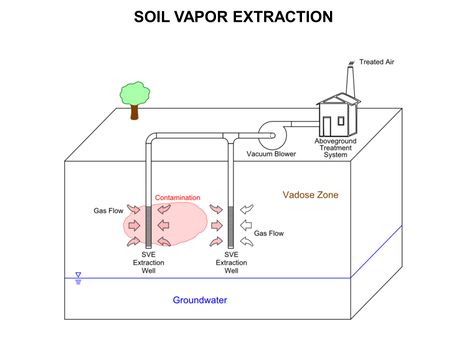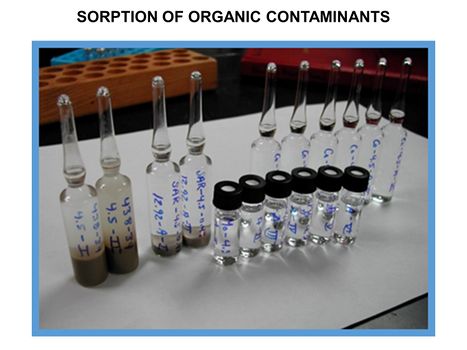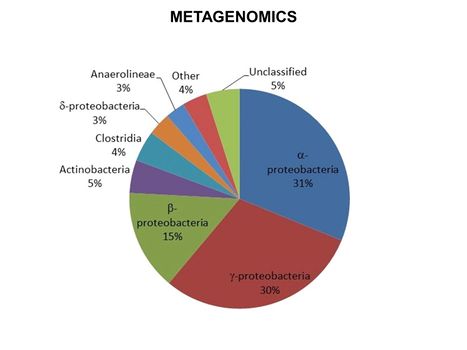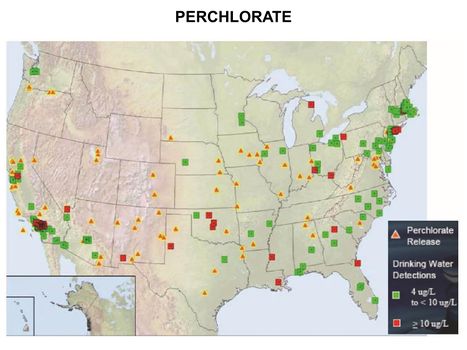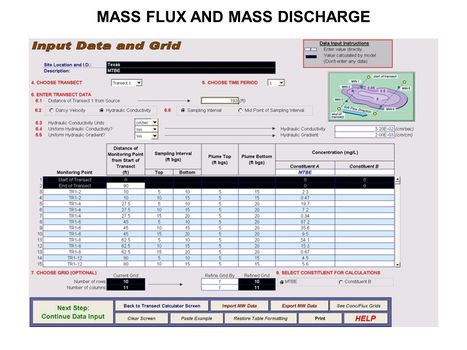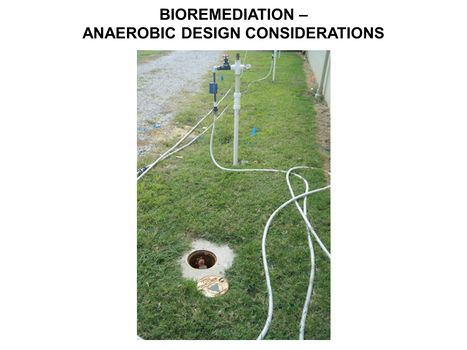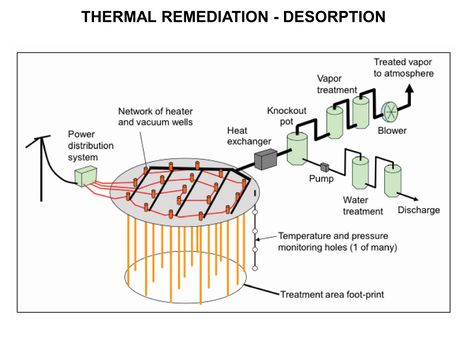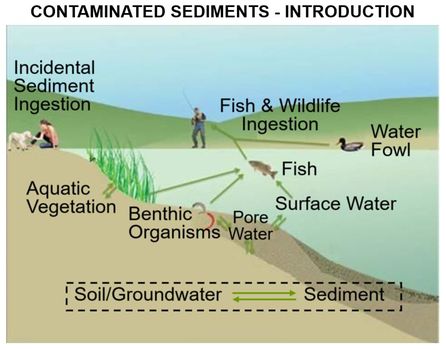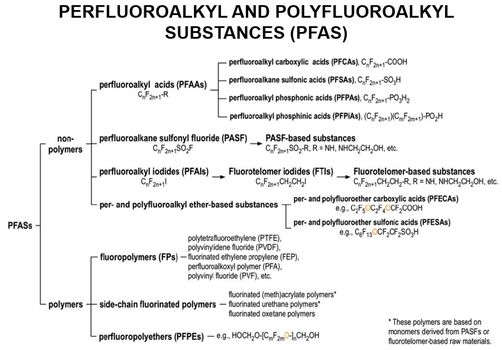Difference between revisions of "Main Page"
Debra Tabron (talk | contribs) (Tag: Visual edit) |
|||
| Line 67: | Line 67: | ||
| style="vertical-align:top;" | | | style="vertical-align:top;" | | ||
<u>'''[[Transport & Attenuation Processes | Attenuation & Transport Processes]]'''</u> | <u>'''[[Transport & Attenuation Processes | Attenuation & Transport Processes]]'''</u> | ||
| + | |||
*[[Advection and Groundwater Flow]] | *[[Advection and Groundwater Flow]] | ||
*[[Biodegradation - 1,4-Dioxane]] | *[[Biodegradation - 1,4-Dioxane]] | ||
| Line 82: | Line 83: | ||
<u>'''[[Characterization, Assessment & Monitoring]]'''</u> | <u>'''[[Characterization, Assessment & Monitoring]]'''</u> | ||
| + | |||
*[[Characterization Methods – Hydraulic Conductivity]] | *[[Characterization Methods – Hydraulic Conductivity]] | ||
*[[Compound Specific Isotope Analysis (CSIA)|Compound Specific Isotope Analysis (CSIA)]] | *[[Compound Specific Isotope Analysis (CSIA)|Compound Specific Isotope Analysis (CSIA)]] | ||
| Line 90: | Line 92: | ||
**[[Geophysical Methods - Case Studies | Case Studies]] | **[[Geophysical Methods - Case Studies | Case Studies]] | ||
*[[Groundwater Sampling - No-Purge/Passive]] | *[[Groundwater Sampling - No-Purge/Passive]] | ||
| + | *[[LNAPL Conceptual Site Models]] | ||
*[[Long-Term Monitoring (LTM)|Long-Term Monitoring (LTM)]] | *[[Long-Term Monitoring (LTM)|Long-Term Monitoring (LTM)]] | ||
**[[Long-Term Monitoring (LTM) - Data Analysis | LTM Data Analysis]] | **[[Long-Term Monitoring (LTM) - Data Analysis | LTM Data Analysis]] | ||
| Line 97: | Line 100: | ||
**[[Quantitative Polymerase Chain Reaction (qPCR)]] | **[[Quantitative Polymerase Chain Reaction (qPCR)]] | ||
**[[Stable Isotope Probing (SIP)]] | **[[Stable Isotope Probing (SIP)]] | ||
| − | *[[Natural Attenuation in Source Zone and Groundwater Plume - Bemidji Crude Oil Spill | Natural Attenuation in Source Zone and Groundwater Plume -<br/> Bemidji Crude Oil Spill]] | + | *[[Natural Attenuation in Source Zone and Groundwater Plume - Bemidji Crude Oil Spill | Natural Attenuation in Source Zone and Groundwater Plume -<br /> Bemidji Crude Oil Spill]] |
<u>'''[[Climate Change]]'''</u> | <u>'''[[Climate Change]]'''</u> | ||
| + | |||
*[[Climate Change Primer]] | *[[Climate Change Primer]] | ||
| style="width:33%; vertical-align:top; " | | | style="width:33%; vertical-align:top; " | | ||
<u>'''[[Coastal and Estuarine Ecology]]'''</u> | <u>'''[[Coastal and Estuarine Ecology]]'''</u> | ||
| + | |||
*[[Phytoplankton (Algae) Blooms]] | *[[Phytoplankton (Algae) Blooms]] | ||
<u>'''[[Contaminated Sediments - Introduction | Contaminated Sediments]]'''</u> | <u>'''[[Contaminated Sediments - Introduction | Contaminated Sediments]]'''</u> | ||
| + | |||
*[[In Situ Treatment of Contaminated Sediments with Activated Carbon]] | *[[In Situ Treatment of Contaminated Sediments with Activated Carbon]] | ||
<u>'''[[Munitions Constituents]]'''</u> | <u>'''[[Munitions Constituents]]'''</u> | ||
| + | |||
*[[Munitions Constituents - Alkaline Degradation| Alkaline Degradation]] | *[[Munitions Constituents - Alkaline Degradation| Alkaline Degradation]] | ||
*[[Munitions Constituents - Composting| Composting]] | *[[Munitions Constituents - Composting| Composting]] | ||
| Line 122: | Line 129: | ||
<u>'''[[Monitored Natural Attenuation (MNA)]]'''</u> | <u>'''[[Monitored Natural Attenuation (MNA)]]'''</u> | ||
| + | |||
*[[Monitored Natural Attenuation (MNA) of Chlorinated Solvents| MNA of Chlorinated Solvents]] | *[[Monitored Natural Attenuation (MNA) of Chlorinated Solvents| MNA of Chlorinated Solvents]] | ||
*[[Monitored Natural Attenuation (MNA) of Metal and Metalloids| MNA of Metals and Metalloids]] | *[[Monitored Natural Attenuation (MNA) of Metal and Metalloids| MNA of Metals and Metalloids]] | ||
| Line 129: | Line 137: | ||
<u>'''[[Regulatory Issues and Site Management]]'''</u> | <u>'''[[Regulatory Issues and Site Management]]'''</u> | ||
| + | |||
*[[Alternative Endpoints]] | *[[Alternative Endpoints]] | ||
*[[Mass Flux and Mass Discharge]] | *[[Mass Flux and Mass Discharge]] | ||
| Line 168: | Line 177: | ||
<u>'''[[Soil & Groundwater Contaminants]]'''</u> | <u>'''[[Soil & Groundwater Contaminants]]'''</u> | ||
| + | |||
*[[1,4-Dioxane]] | *[[1,4-Dioxane]] | ||
*[[Chlorinated Solvents]] | *[[Chlorinated Solvents]] | ||
Revision as of 18:18, 4 September 2020
Peer Reviewed. Accessible. Written By Experts |
Your Environmental Information Gateway |
| The goal of ENVIRO.wiki is to make scientific and engineering research results more accessible to environmental professionals, facilitating the permitting, design and implementation of environmental projects. Articles are written and edited by invited experts (see Contributors) to summarize current knowledge for the target audience on an array of topics, with cross-linked references to reports and technical literature. | See Table of Contents |
Featured article: In Situ Treatment of Contaminated Sediments with Activated CarbonGroundwater sites contaminated with PFAS are difficult to investigate and remediate due to strict cleanup goals, lack of natural degradation mechanisms for some PFAS, and the high mobility and persistence of several PFAS. As a result, understanding and potentially relying on processes that reduce PFAS migration rates and mass discharge rates is of considerable interest to site managers. This includes a variety of chemical and geochemical retention processes that have been incorporated into the PFAS Monitored Retention (PMR) approach. PMR is a similar concept to monitored natural attenuation (MNA), and the term has recently been adopted in place of MNA to avoid potential confusion with destructive and/or permanent attenuation processes that are part of the MNA strategies for other constituents of concern (COCs). However, many of the processes remain the same, and they are expected to reduce PFAS concentrations and mass discharge during transport from source areas. A key concept of PMR is that retention processes can provide a credible scientific basis for attenuation of PFAS concentrations or mass discharge over time (or distance) that reduce the mobility and risk associated with PFAS in the subsurface. PMR may have applicability as a sole remedy at low-risk sites, but it could also help control low levels of remaining contamination after active treatment. It may also serve as a temporary remedy at sites with no proximate receptors, giving time for the development of more cost-effective technologies. Finally, it can be part of a treatment train at more complex sites where risk-based approaches are acceptable.
(Full article...) |
Enviro Wiki Highlights |

